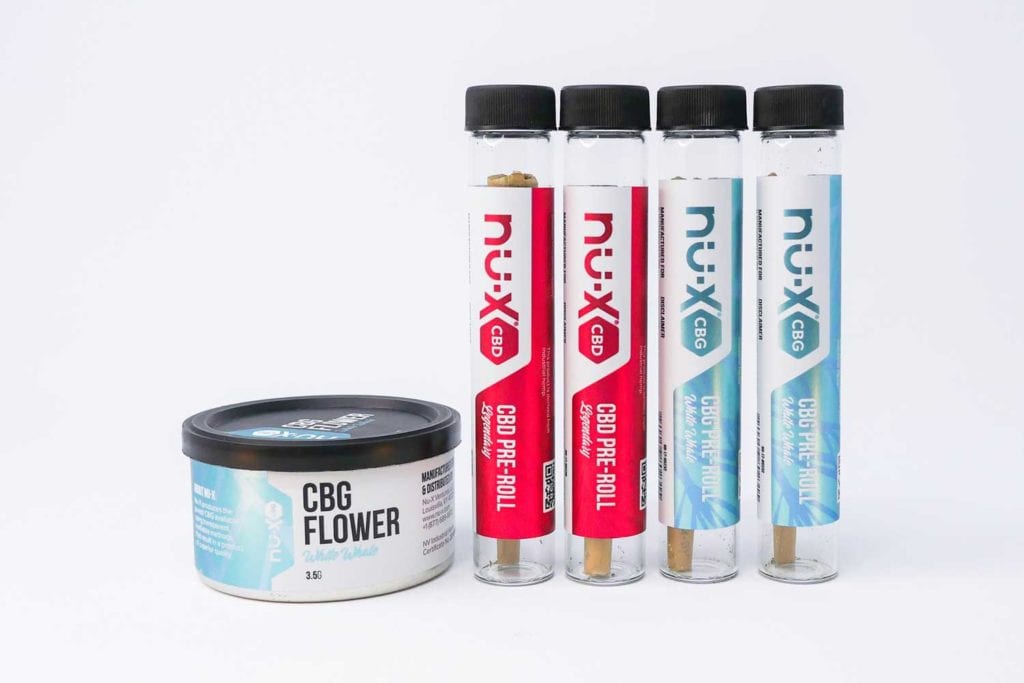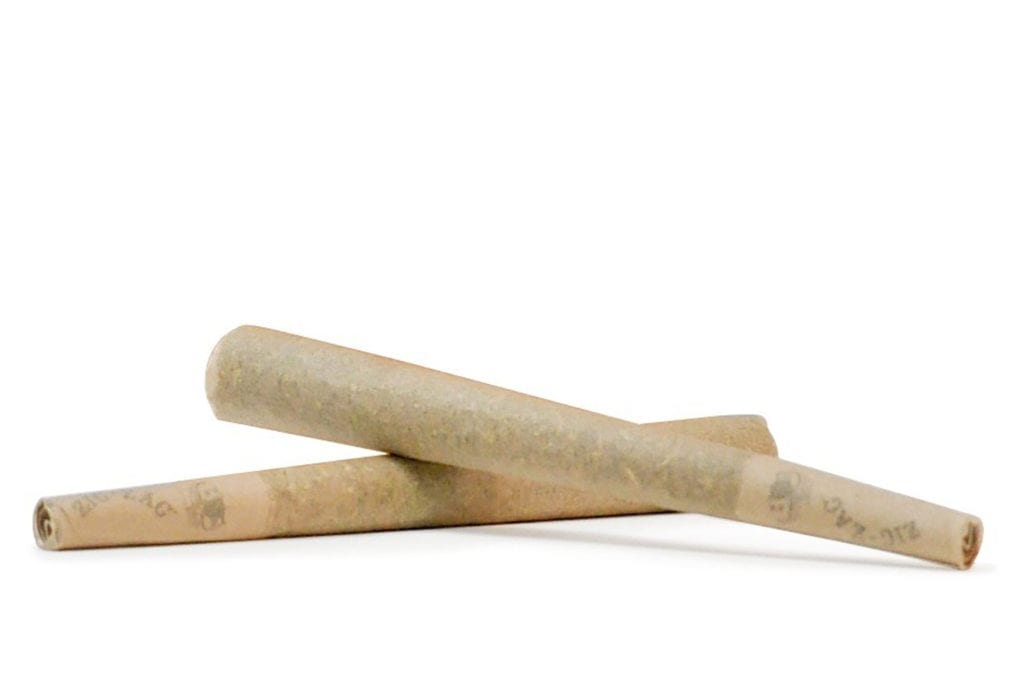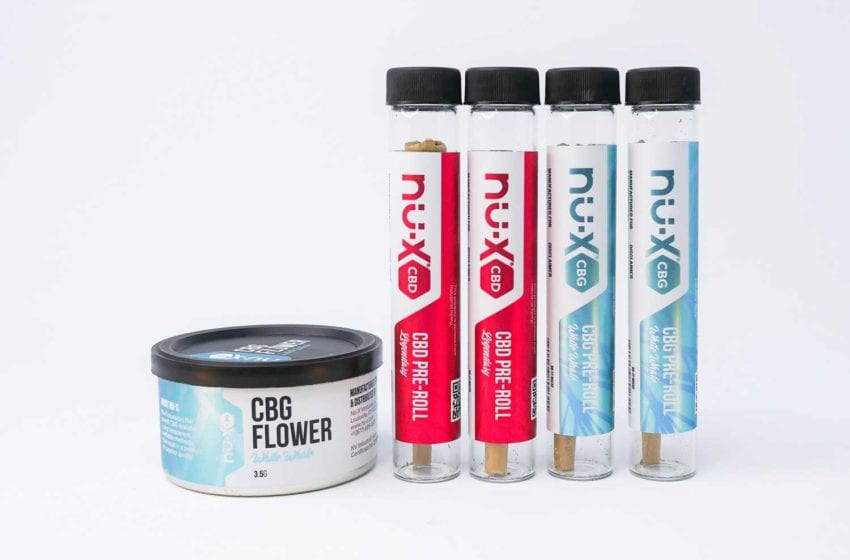
As consumer interest in untreated products increases, Zig-Zag has expanded its unbleached and hemp papers segment.
By Stefanie Rossel
Although a niche of the tobacco market, hand-rolled cigarettes have always had their fan base. Compared to factory-made cigarettes, they represent a less expensive way of smoking, especially in tax-heavy environments. As the Covid-19 pandemic continues to depress the disposable incomes of many people, the popularity of roll-your-own and make-your-own tobacco products is likely to increase. Affordability aside, hand-rolled cigarettes have another advantage: They allow their users to create a custom-made smoke. The right paper is key to the smoking experience.
In recent years, unbleached and “natural” papers have become more popular. “Over the long history of rolling papers, there have been numerous evolutions of preference for consumers,” explains Curtis Berry, brand director of Zig-Zag, a leading brand of rolling papers that originated in France 140 years ago. “At one point in this evolution, smokers wanted a consistent and cleaner looking paper, hence our whitening process that eliminates imperfections and provides a consistent look and performance, which is still preferred by many today.
“Recently, there has been a growing consumer interest in products with natural attributes, including rolling papers, so we introduced the Zig-Zag Organic Hemp and Zig-Zag Unbleached products to satisfy that need. In addition, there is also interest in the pre-rolled cone form factor, which provides convenience with a perfect smoke every time. With the addition of our new products, we feel we are providing the widest range of premium papers that meet the diverse preferences within the marketplace.”
The company’s first unbleached paper was the Organic Hemp Paper, which it introduced in the U.S. at the start of 2018. Zig-Zag unbleached paper, made from a different blend of fibers, was created and first released in Canada in late 2018 followed by the U.S. launch in early 2019. The products are available in an extra thin and ultra thin quality as thinner papers tamper less with the flavor profile of tobacco.
“Out of the gate, we’ve had very positive feedback,” says Berry. “Consumers love the natural hue, ease of rolling and smoking characteristics. We feel like we really created a great product that adds to our well-rounded portfolio of Zig-Zag paper. From that feedback, we decided to add an unbleached version of our Classic Ultra-Thin Cones.”

What’s left out
The manufacturing process of unbleached rolling paper is basically the same as that for regular rolling paper and has a centuries-long artisan tradition. “Paper is essentially a mixture of fibers from various sources,” says Berry. “The creation of every Zig-Zag rolling paper begins with the sourcing and selection of the finest 100 percent natural plant fibers. The manufacturing process has two key phases, pulping and sheeting.”
In the pulping phase, the raw vegetal matter is broken down into small fibers. These ground fibers are further refined using a high temperature and pressure-washing process. For its classic white papers, Zig-Zag uses a proprietary “whitening” process, which is skipped for the production of unbleached papers thus allowing the finished paper to reflect the natural hue of the fibers. “Some uninformed people have claimed that ‘unbleached’ means that white papers are made with household bleach or something like it,” Berry points out. “That is simply ridiculous. The bleaching step for white papers utilizes an oxygenation process, with no residue of any kind on the paper. There is no ‘bleach’ or chlorine used in the whitening process. ‘Unbleached’ merely refers to the absence of the oxygenation process in making the paper, which means the paper has that natural hue of the fibers versus a classic white look.”
The washed fibers are then suspended in a solution of pure water. This solution only contains a few ounces of fibers per gallon and is around 99.5 percent water. This fibrous solution is sprayed onto a large canvas “forming table” where the fibers naturally interweave, and water is drained away. The material goes through a series of presses and heated cylinders to compress and finish drying the sheet. These sheets are then rolled up and cut into reels of paper to be ready for a complex watermarking operation, natural gum application and packaged in interleaved booklets originally invented by the founders of Zig-Zag as Berry points out. All Zig-Zag papers are vegan, genetically unmodified, bleach-free, dye-free and cruelty-free.
Since all papers the company manufactures are made in the same process, little conversion was required to produce unbleached and hemp papers. “The investment came in developing the right blend of fibers and then skipping the ‘whitening’ process of the pulping stage to allow the natural characteristics of the fibers to be present in the final paper.”
Here to stay
While a large variety of materials, including more unusual inputs such as rice or esparto (a harsh needle grass), can be used to manufacture rolling papers, Zig-Zag uses only four types of fibers within its blend: hemp, flax, soft wood and hard wood. “Each of our papers uses a unique blend of fibers from various plants that are sustainably harvested,” says Berry. “The fiber blend of a paper will change how the final dried sheet comes out. Different combinations of long and short fibers from these various plants will change the paper’s strength, feel, thickness, porosity and burn rate. Unbleached paper has its own unique blend of these fibers.” Consumer preferences are varied, he adds. “Some consumers prefer the classic white look. Others prefer a natural hue. Still others prefer all hemp fibers over any other blend. Either way, we have them covered.”
Berry says he sees nothing but upside for the unbleached paper and cone segment: “We are excited to continue to explore other opportunities within this category. We believe the unbleached category is here to stay and will continue to grow.”
The company has witnessed increasing demand for its accessories. “We’ve had rollers for many years, and our trays were launched around the same time as our organic hemp papers. Just like with our paper portfolio, we want to be able to cater to the wide range of smokers, and we know this involves providing the right tools and accessories that assist in the different rolling rituals each one of us has.”












